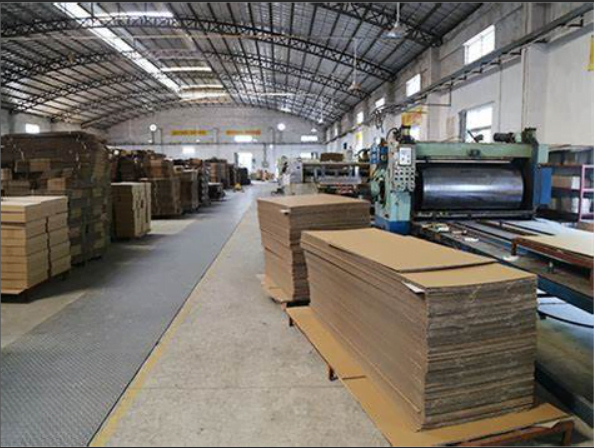Preparing to Start a Corrugated Box Manufacturing Plant, what Items you Need to prepare?
- Machinery
1) Necessary equipment: corrugator, printing machine, die-cutting machine, glue or nail box machine, preferably equipped with a baler. Such a small carton factory is absolutely enough. Choose a supplier with quality assurance and good after-sales service, so as to ensure the stability of machine operation and the continuity of production, and reduce the risk of shutdown and loss caused by machine quality problems.
2) Scale and space: The scale of the factory determines the type and quantity of machines. Semi-automatic factories are small in scale, and the equipment occupies a small area. The cardboard stacking requires a large area, which requires about 5,00 square meters of space; while fully automatic carton factories have more advanced automated production lines, such as: high-speed printing machines, glue box linkage lines, intelligent logistics systems, etc., and consider the storage and circulation space of raw materials and finished products. Then the workshop area may require at least 1,500 square meters. - Raw materials
1) Kraft paper: the main material of corrugated boxes. Quality affects the durability and appearance of the carton.
2) Ink: The quality of ink directly affects the printing effect and the appearance of the carton. High-quality ink should have bright colors, strong adhesion, and fast drying speed.
3) Glue: The quality of glue determines the bonding strength and durability of the carton. Starch glue is cheap and environmentally friendly, but the bonding strength is relatively low; white latex has high bonding strength, but the price is relatively high. - Location and infrastructure
1) Distance from the market: Consider the distance between the location and the target customers and transportation hubs.
2) Infrastructure: Ensure access to reliable electricity, water, and waste treatment facilities. For example, Pakistan has a tight power supply, so the production of carton factories will be marketed accordingly.
3) Zoning regulations: Comply with local zoning laws and industrial use permits. - Profit
The gross profit of a carton factory is generally between 10% and 30%. Different carton factories have different cost ratios due to differences in raw material procurement, equipment technology, and personnel structure, which ultimately affects the product gross profit margin. - Legal and Regulatory Compliance
Choose an appropriate business structure and register with the local government, obtain necessary permits and licenses, including environmental permits, business licenses, and tax registration certificates. - Human Resources
1) Staffing: Hire skilled workers for operation, maintenance, quality control, and management.
2) Training: Provide training on machinery operation, safety procedures, and quality standards. - Customer Acquisition and Retention
1) Target Market: Identify your target customers (e.g., industry, business, consumers).
2) Sales and Marketing: Develop sales and marketing strategies to reach your target market.
3) Customer Service: Prioritize quality customer service to build long-term relationships. - Quality Control
1) Standards: Establish quality standards to ensure product consistency and meet customer requirements.
2) Inspections: Implement a quality control system, including regular inspections and testing. - Sustainability
1) Environmental Impact: Consider your plant’s impact on the environment and explore sustainable practices such as recycling and energy efficiency.
By carefully addressing these aspects, you can lay a solid foundation for a successful corrugated box manufacturing plant.


